Home>Articles>How Much Does It Cost To Put A Bathroom In The Basement
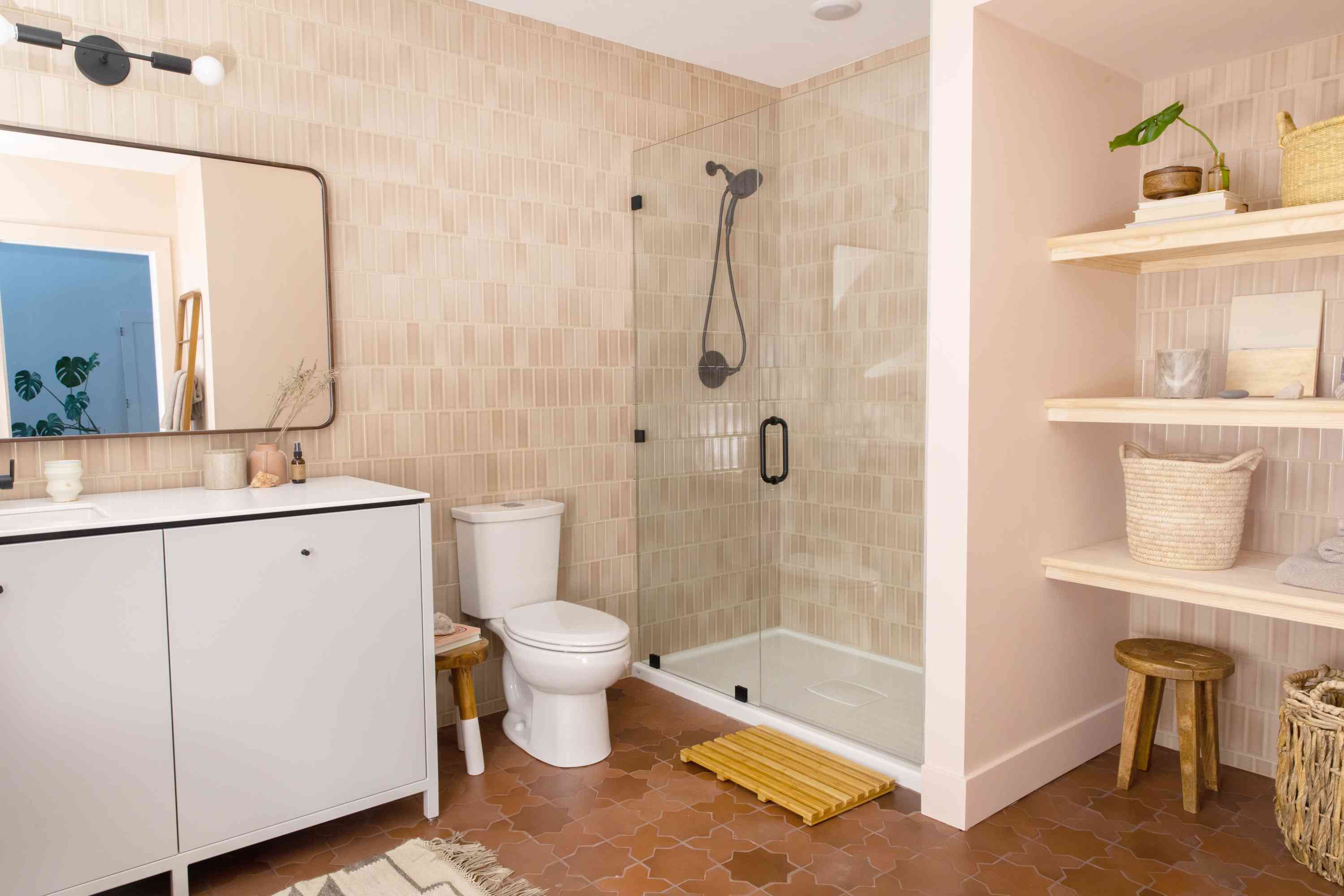

Articles
How Much Does It Cost To Put A Bathroom In The Basement
Modified: February 24, 2024
Discover the average cost of adding a bathroom in your basement with our informative articles. Find out how to budget for this home improvement project and make the most of your space.
(Many of the links in this article redirect to a specific reviewed product. Your purchase of these products through affiliate links helps to generate commission for Storables.com, at no extra cost. Learn more)
Introduction
Adding a bathroom to your basement can be a significant investment, but it can also greatly increase the functionality and value of your home. Whether you plan to use it as a guest bathroom, a personal spa retreat, or simply to alleviate the inconvenience of having only one bathroom in your home, installing a bathroom in the basement is a project that requires careful planning and budgeting.
Before embarking on this endeavor, it’s important to consider various factors that can affect the overall cost of putting a bathroom in the basement. From the construction costs to the plumbing and electrical expenses, permits and inspections, and any additional features or customizations, each aspect plays a role in determining the final cost.
In this article, we’ll explore these factors in detail to help you gain a better understanding of the costs involved in adding a bathroom to your basement. By the end, you’ll have a clearer idea of what to expect and how to budget for this exciting home improvement project.
Key Takeaways:
- Adding a bathroom to your basement involves careful planning and budgeting, considering factors like construction costs, plumbing and electrical expenses, permits, and the decision to hire professionals or pursue a DIY approach.
- Customizations such as spa-like showers and smart home technology can enhance the functionality and appeal of your basement bathroom, but it’s important to prioritize safety, compliance, and budget allocation when considering these upgrades.
Read more: How Much Does A Vanity Cost
Factors to Consider
Before diving into the financial aspects, there are a few important factors to consider when planning to put a bathroom in the basement. These factors can have a significant impact on the overall cost and feasibility of the project.
First and foremost, you need to evaluate the available space in your basement. Consider the layout, the location of existing plumbing and electrical lines, and any potential obstacles that might impede the installation process. It’s crucial to have a clear understanding of the spatial constraints to determine the scope of the project and the necessary alterations or adjustments that may be required.
Another crucial consideration is the proximity to the sewer line or septic tank. If your basement is below the level of your home’s main plumbing system, you may need to invest in a sewage ejector pump to ensure proper waste disposal. This additional component can add to the overall cost of the project.
Additionally, it’s important to assess the water supply to the basement. Is there an existing water line nearby that can be tapped into, or will you need to extend the plumbing system from another part of the house? Extending the water supply line can be a complex task requiring professional assistance.
Lastly, it’s essential to consider the ventilation and waterproofing requirements. Basements are prone to humidity and moisture, so proper ventilation and waterproofing measures should be implemented to prevent mold and structural damage. These considerations should be factored into both the planning and budgeting stages of the project.
By carefully considering these factors, you can ensure that the installation process proceeds smoothly and minimize any unexpected costs or challenges that might arise along the way.
Construction Costs
The construction costs associated with adding a bathroom to your basement can vary depending on several factors. These factors include the size of the bathroom, the complexity of the layout, and the materials you choose to use.
The first major cost consideration is the framing and wall construction. Depending on the existing layout of your basement, you may need to build new walls or modify existing ones to accommodate the bathroom. This includes installing studs, insulation, and drywall. The cost for framing and wall construction can range from $2,000 to $5,000, depending on the size and complexity of the project.
The next significant expense is plumbing. This includes extending the water supply lines and drain lines to the basement. The cost of plumbing can vary depending on the distance from the existing plumbing system and the complexity of the layout. On average, plumbing costs for a basement bathroom range from $3,000 to $7,000.
Electrical work is another expense to consider. You will need to install lighting fixtures, outlets, and potentially a ventilation system. The cost of electrical work can range from $1,500 to $3,000, depending on the complexity of the electrical system and any additional features you choose to include.
Other construction costs to consider include flooring, fixtures, and finishes. The cost of flooring can vary depending on the type of material you choose, ranging from $2 to $10 per square foot. Fixtures such as the toilet, sink, and shower or bathtub can range in price from $500 to $2,000 or more, depending on the quality and brand. Finally, finishes such as paint, tile, and countertops can add another $2,000 to $5,000 to the overall construction costs.
It’s important to note that these cost estimates are rough averages and can vary depending on your specific location and individual project requirements. It’s always recommended to consult with contractors and obtain multiple quotes to get an accurate understanding of the construction costs for your basement bathroom.
Plumbing and Electrical Costs
Plumbing and electrical work are essential components when adding a bathroom to your basement. These aspects require careful planning, professional expertise, and adherence to local building codes. Understanding the costs associated with these tasks is crucial for budgeting and ensuring a successful installation.
When it comes to plumbing costs, there are several factors to consider. Firstly, you’ll need to extend the water supply and drainage lines from the main plumbing system in your house to the basement. This entails cutting into existing pipes, connecting new pipes, and ensuring proper water flow and waste disposal. On average, plumbing costs for a basement bathroom range from $3,000 to $7,000.
Additionally, you may need to install a sewage ejector pump if your basement is below the sewer line or septic tank. This pump helps lift waste from the basement to the main system. The cost of a sewage ejector pump can range from $500 to $1,500, depending on the quality and specifications.
Electrical work is another critical aspect that shouldn’t be overlooked. You’ll need to install lighting fixtures, outlets, switches, and potentially a ventilation system. It’s important to hire a licensed electrician to ensure compliance with safety regulations and proper wiring. Electrical costs for a basement bathroom typically range from $1,500 to $3,000.
Keep in mind that these estimates are rough averages and can vary depending on your specific requirements and location. The complexity of the plumbing and electrical work, as well as any additional features or customizations, can significantly impact costs. It’s always recommended to consult with professionals and obtain multiple quotes to get an accurate understanding of the plumbing and electrical expenses for your basement bathroom project.
Remember that safety and compliance should be top priorities when it comes to plumbing and electrical work. Hiring licensed professionals and obtaining the necessary permits and inspections will ensure that the installation is done correctly and up to code.
When budgeting for a basement bathroom, consider factors like plumbing, electrical work, fixtures, and finishes. Costs can vary widely, but a rough estimate is between $10,000 to $25,000 for a basic installation. Always get multiple quotes from reputable contractors.
Permits and Inspections
When adding a bathroom to your basement, obtaining the necessary permits and undergoing inspections is an important part of the process. These steps ensure that the construction and installation meet the local building codes and regulations, maintaining safety and compliance.
The specific permits required for your basement bathroom project will vary depending on your location and the extent of the work being done. Generally, you will need permits for electrical, plumbing, and construction. The cost of permits can range from $100 to $500, depending on the scope of the project and the fees set by your local municipality.
Before commencing any work, it’s essential to consult with your local building department to determine the specific permits required and the corresponding fees. They will provide you with the necessary application forms and guide you through the process.
Once the construction is complete, inspections will be carried out to ensure that the work meets the established standards. These inspections typically include reviewing the framing, plumbing, electrical, and ventilation systems. Inspections help identify any potential code violations, safety hazards, or necessary adjustments that need to be made. It’s crucial to schedule and pass these inspections to obtain the final approval for your basement bathroom.
It’s important to note that failing to obtain permits and skipping inspections can result in fines, forced removal of the work, or even difficulties selling your home in the future. It’s always best to follow the proper procedures and ensure that your basement bathroom meets all the legal requirements.
By working with professionals, such as licensed contractors and electricians, you can rest assured that the necessary permits and inspections will be handled correctly. They have the expertise and knowledge to navigate the process and ensure that your basement bathroom project is in compliance with the local regulations.
Additional Features and Customizations
When planning to put a bathroom in your basement, you may want to consider additional features and customizations to enhance the functionality and aesthetics of the space. These features can add an extra touch of luxury and personalization but should be factored into your budget.
One popular additional feature is a spa-like shower or bathtub. Upgrading to a jetted tub or a modern rainfall showerhead can provide a relaxing and rejuvenating experience. However, these upgrades typically come at a higher cost compared to standard fixtures. Depending on the brand and features, the cost of a spa-like shower or bathtub can range from $1,000 to $5,000 or more.
Another element to consider is the vanity and countertop. Choosing high-quality materials like granite or marble can add elegance and sophistication to the bathroom. However, these materials often come with a higher price tag. The cost of a vanity and countertop can range from $500 to $2,500 or more, depending on the size and material selected.
Lighting is another area where you can customize the look and ambiance of your basement bathroom. Installing dimmable lights or adding decorative fixtures can create a warm and inviting atmosphere. The cost of lighting fixtures can vary, ranging from $100 to $500 or more, depending on the design and brand.
Other customizations to consider include heated floors, towel warmers, and smart home technology. Heated floors can add a touch of luxury and comfort, but they can also be a pricier addition, costing anywhere from $1,500 to $5,000 or more. Towel warmers are a smaller luxury that can enhance the spa-like experience, with costs ranging from $100 to $500. Integrating smart home technology, such as voice-activated controls or automatic sensors, can also elevate the functionality of your bathroom, but the costs will depend on the specific features and products chosen.
While these additional features can enhance the overall appeal and functionality of your basement bathroom, it’s important to carefully consider your budget and prioritize the features that align with your needs and preferences. Customizations can significantly impact the total cost of the project, so it’s crucial to plan accordingly and allocate your budget wisely.
Hiring Professionals vs. DIY
When it comes to adding a bathroom to your basement, you may be faced with the decision of hiring professionals or embarking on a do-it-yourself (DIY) project. While DIY projects can be appealing in terms of cost savings, it’s important to consider the complexity and potential risks involved.
If you have experience and knowledge in construction, plumbing, and electrical work, you may feel confident in tackling the project on your own. However, keep in mind that adding a bathroom to the basement requires a certain level of expertise, particularly when it comes to tying into existing plumbing, installing electrical lines, and ensuring proper ventilation.
One of the advantages of hiring professionals is their specialized knowledge and experience in dealing with basement renovations and bathroom installations. They are familiar with the local building codes and regulations, ensuring that the work is done correctly and safely. Hiring professionals can also save you time and potential headaches, as they have the necessary tools, skills, and resources to complete the project efficiently.
In terms of cost, it’s essential to weigh the potential risks and expenses of a DIY approach. Mistakes or incorrect installations can lead to costly repairs or required rework down the line. Professionals have the expertise to handle any unforeseen challenges that may arise during the project, minimizing the risk of costly errors.
Additionally, professionals have established relationships with suppliers and can often obtain materials at a discounted rate. This can help offset their labor costs and potentially result in overall savings compared to purchasing materials at retail prices for a DIY project.
Ultimately, the decision of hiring professionals versus undertaking the project yourself depends on your level of expertise, resources, and available time. If you feel confident in your skills and have the necessary knowledge, you may opt for a DIY approach to save costs. However, if you’re unsure or lack the experience, hiring professionals is recommended to ensure a successful and safe installation.
Regardless of your choice, it’s important to prioritize safety and compliance with local building codes. Consult with professionals, obtain the necessary permits, and schedule inspections to ensure that your basement bathroom meets all legal requirements.
Conclusion
Adding a bathroom to your basement can significantly enhance the functionality, convenience, and value of your home. However, it’s important to consider various factors when planning this project, including construction costs, plumbing and electrical expenses, permits and inspections, additional features, and the decision to hire professionals versus taking on a DIY approach.
Construction costs can vary depending on the size, layout, and materials used for the bathroom. Framing, plumbing, electrical work, and finishes all contribute to the overall expenses. It’s crucial to obtain multiple quotes and consult with professionals to get an accurate understanding of the potential costs associated with your project.
Plumbing and electrical work require careful planning and expertise to ensure proper installation and compliance with safety regulations. Hiring licensed professionals for these tasks is recommended, although it’s important to factor in the associated costs. Obtaining the necessary permits and undergoing inspections are crucial steps in maintaining compliance and ensuring the quality of the work.
Additionally, there are various additional features and customizations that can enhance the appearance and functionality of your basement bathroom. From spa-like showers to luxurious fixtures and smart-home technology, these upgrades should be considered within your budget and personal preferences.
Finally, the decision between hiring professionals or pursuing a DIY approach depends on your skills, resources, and comfort level. While DIY projects can save costs, professionals bring specialized knowledge and experience to ensure a successful and safe installation. Assess your abilities and consult with professionals to make an informed decision.
In conclusion, adding a bathroom to your basement is an investment that requires careful planning, budgeting, and consideration of various factors. By assessing costs, obtaining permits, working with professionals, and customizing the space to your preferences, you can create a functional and stylish bathroom that adds value to your home for years to come.
Frequently Asked Questions about How Much Does It Cost To Put A Bathroom In The Basement
Was this page helpful?
At Storables.com, we guarantee accurate and reliable information. Our content, validated by Expert Board Contributors, is crafted following stringent Editorial Policies. We're committed to providing you with well-researched, expert-backed insights for all your informational needs.
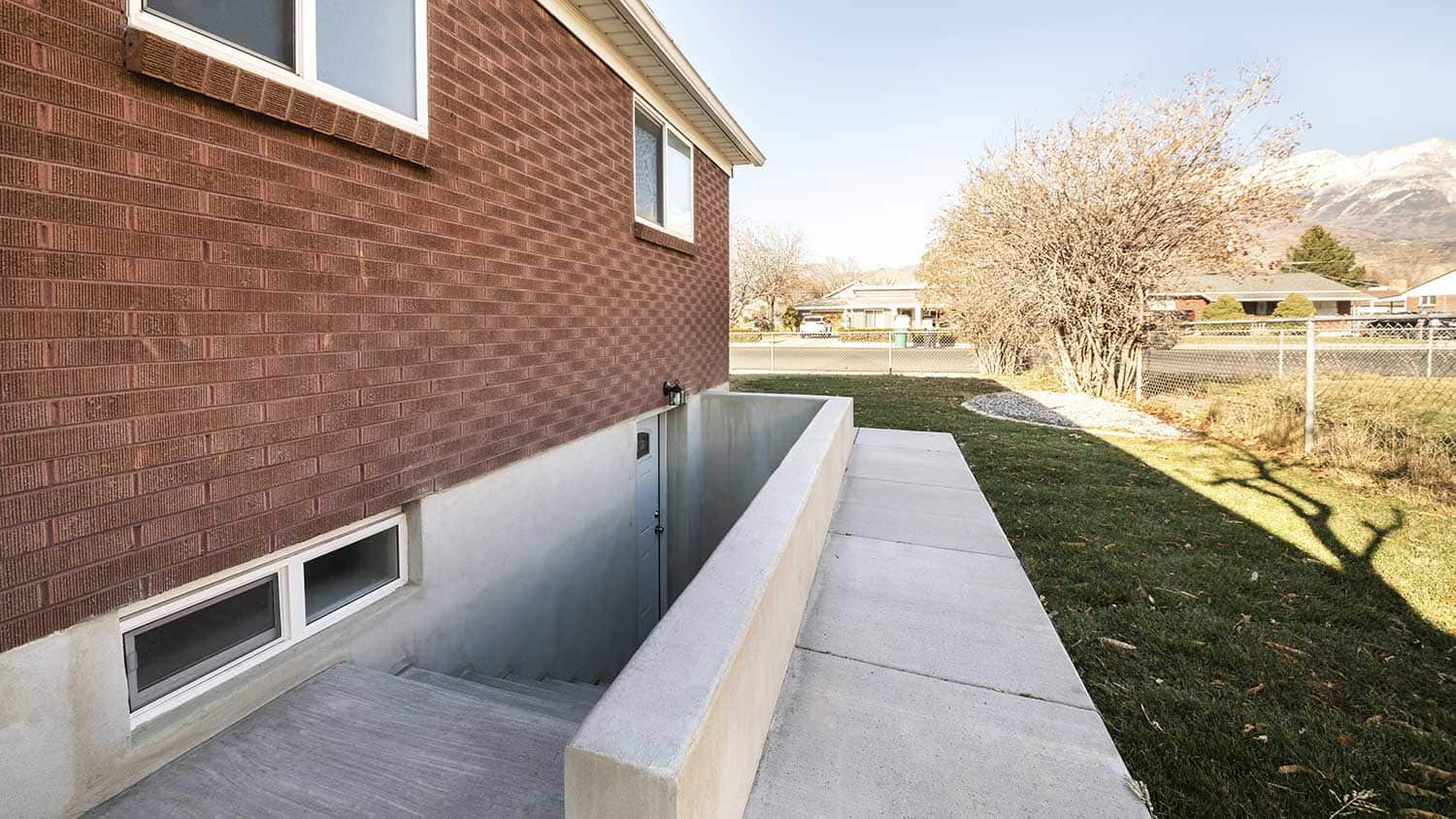
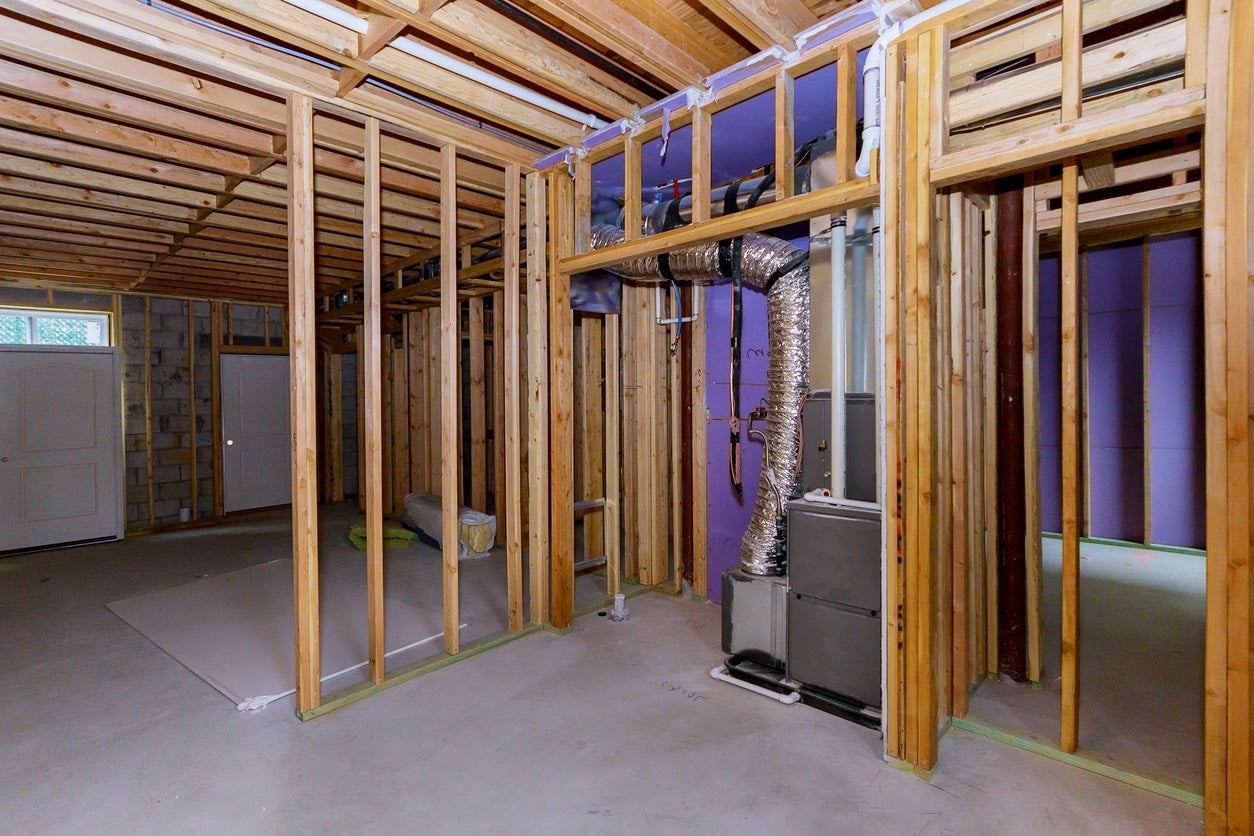
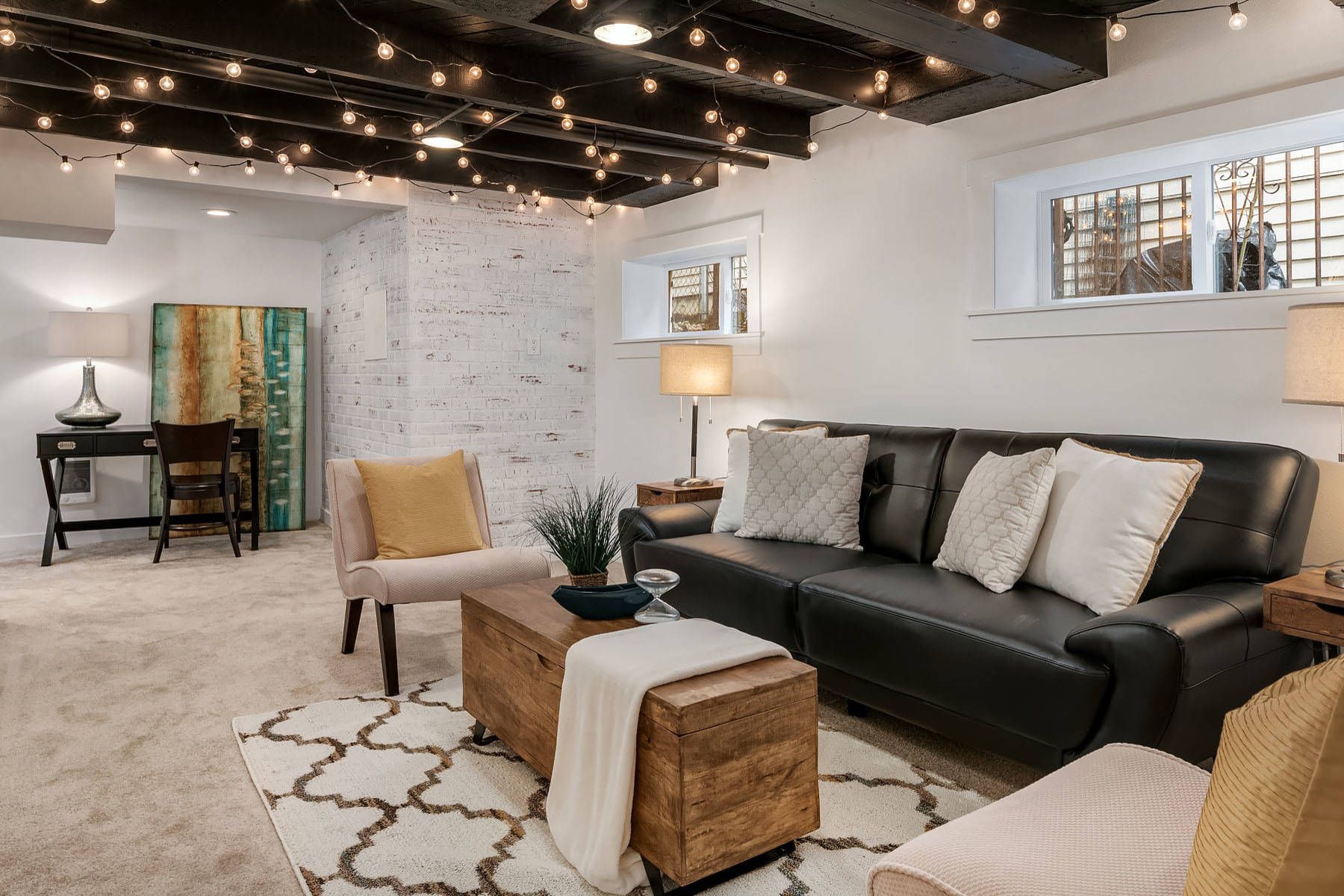
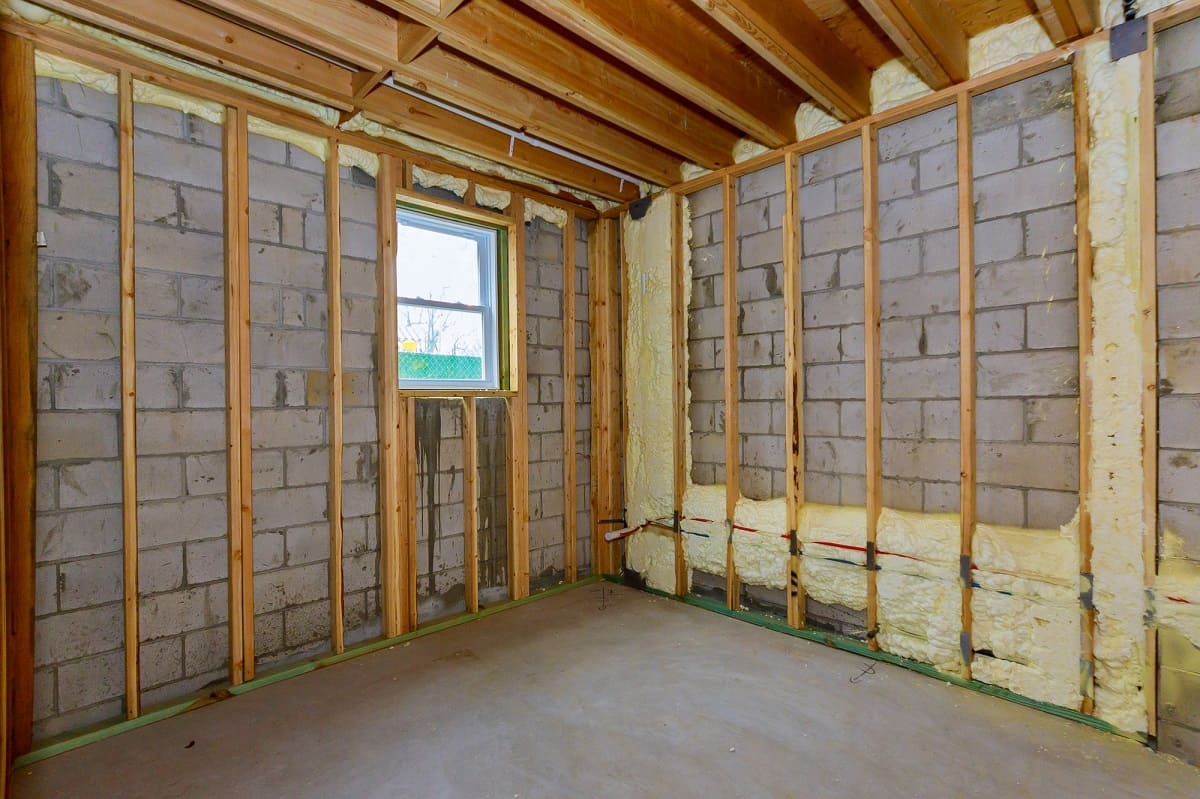
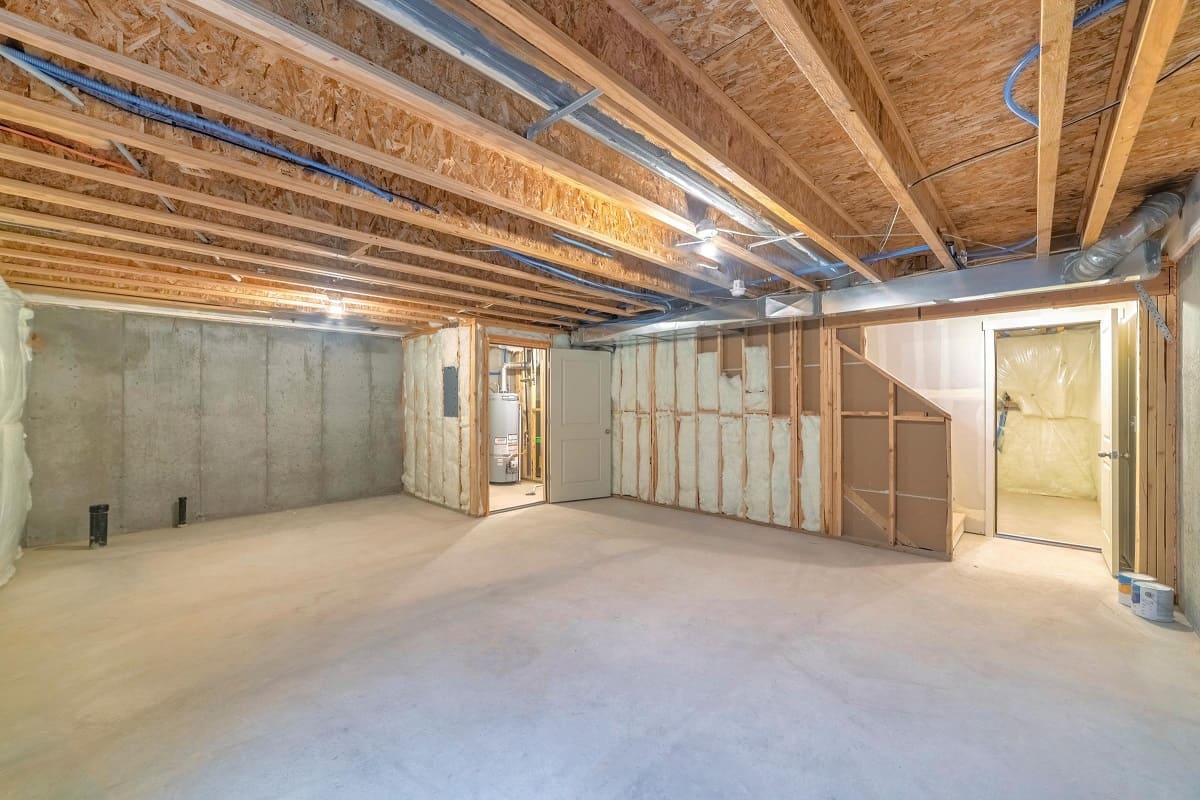

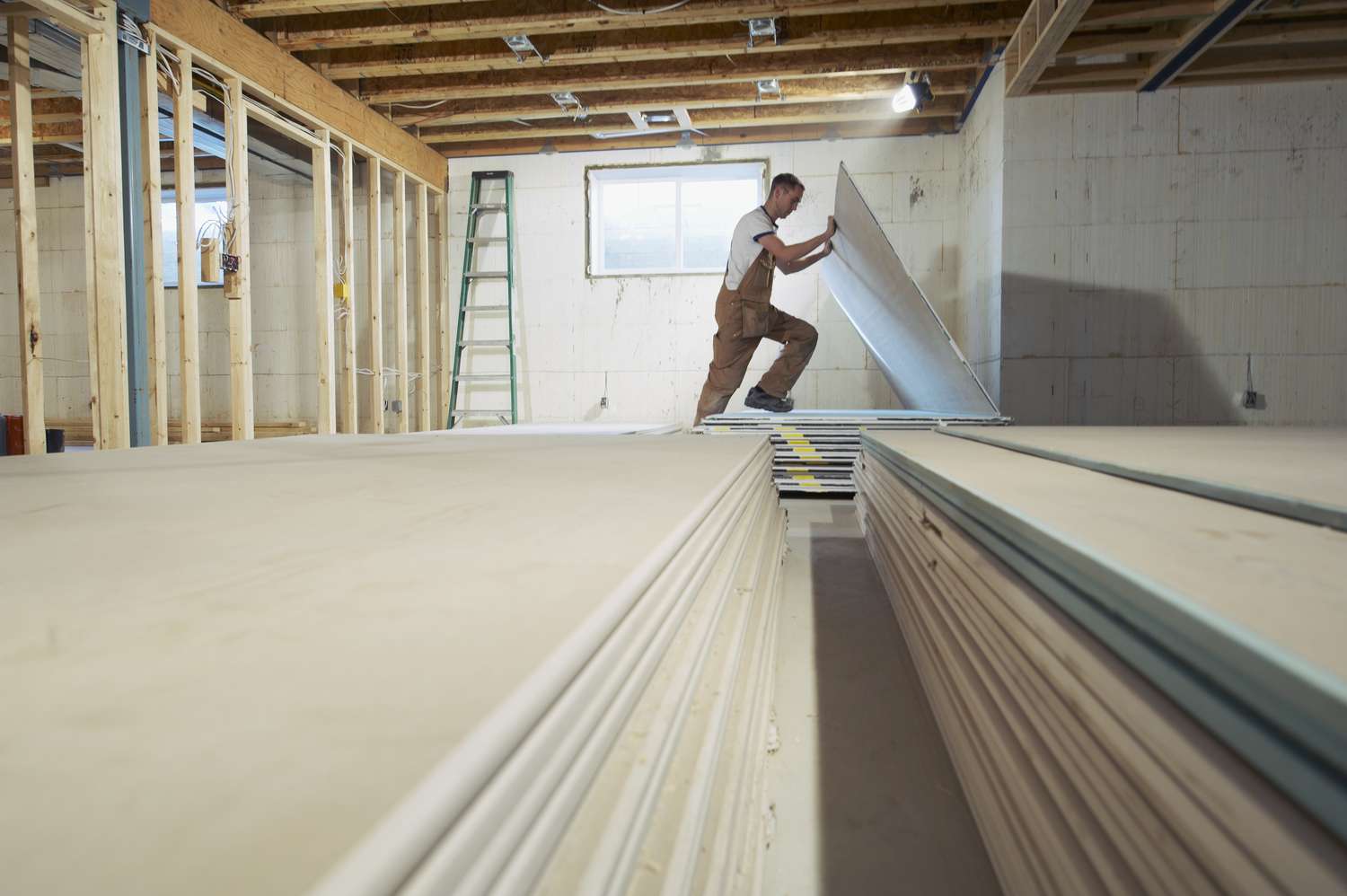
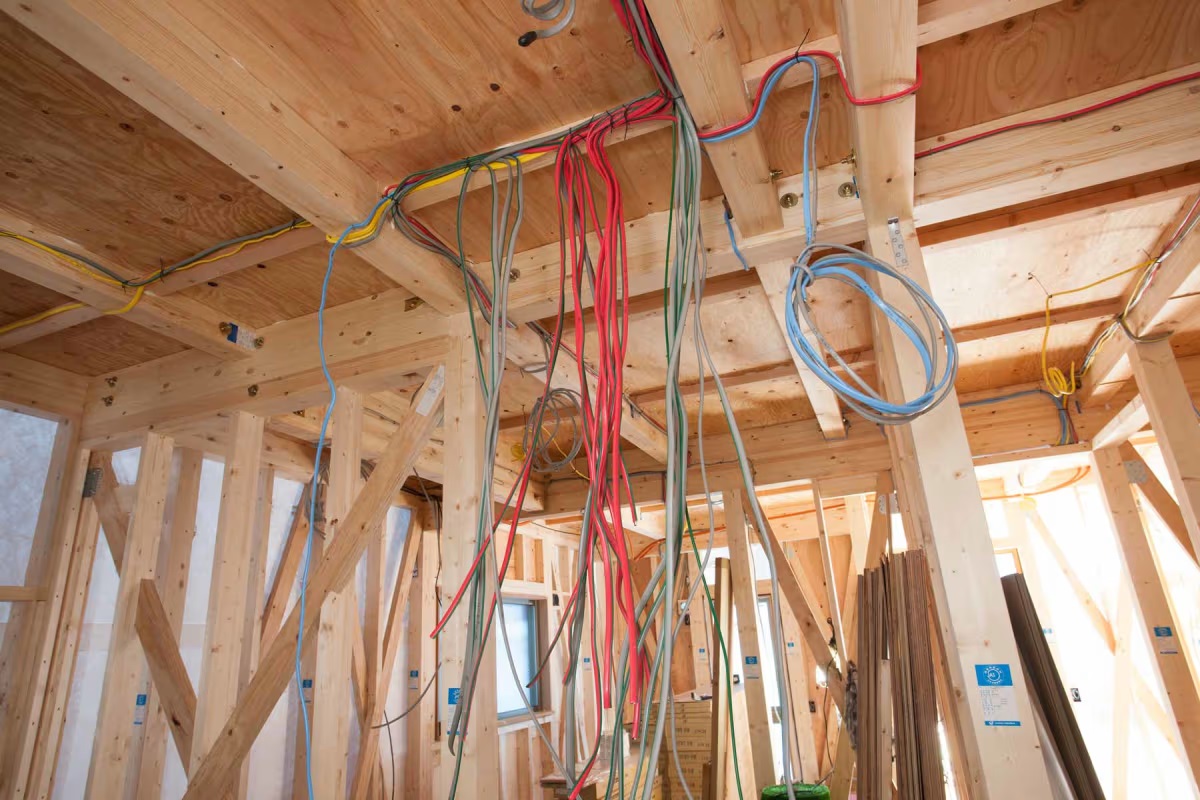
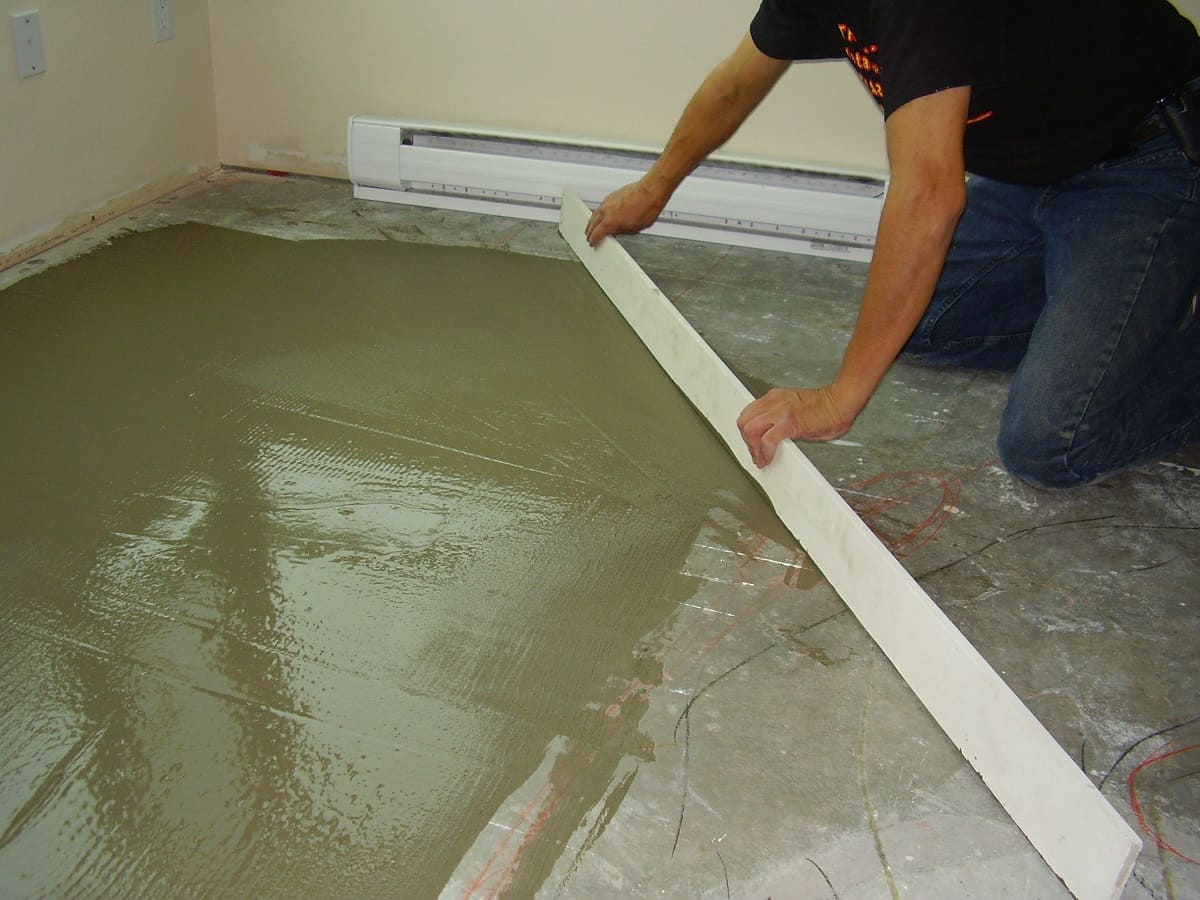
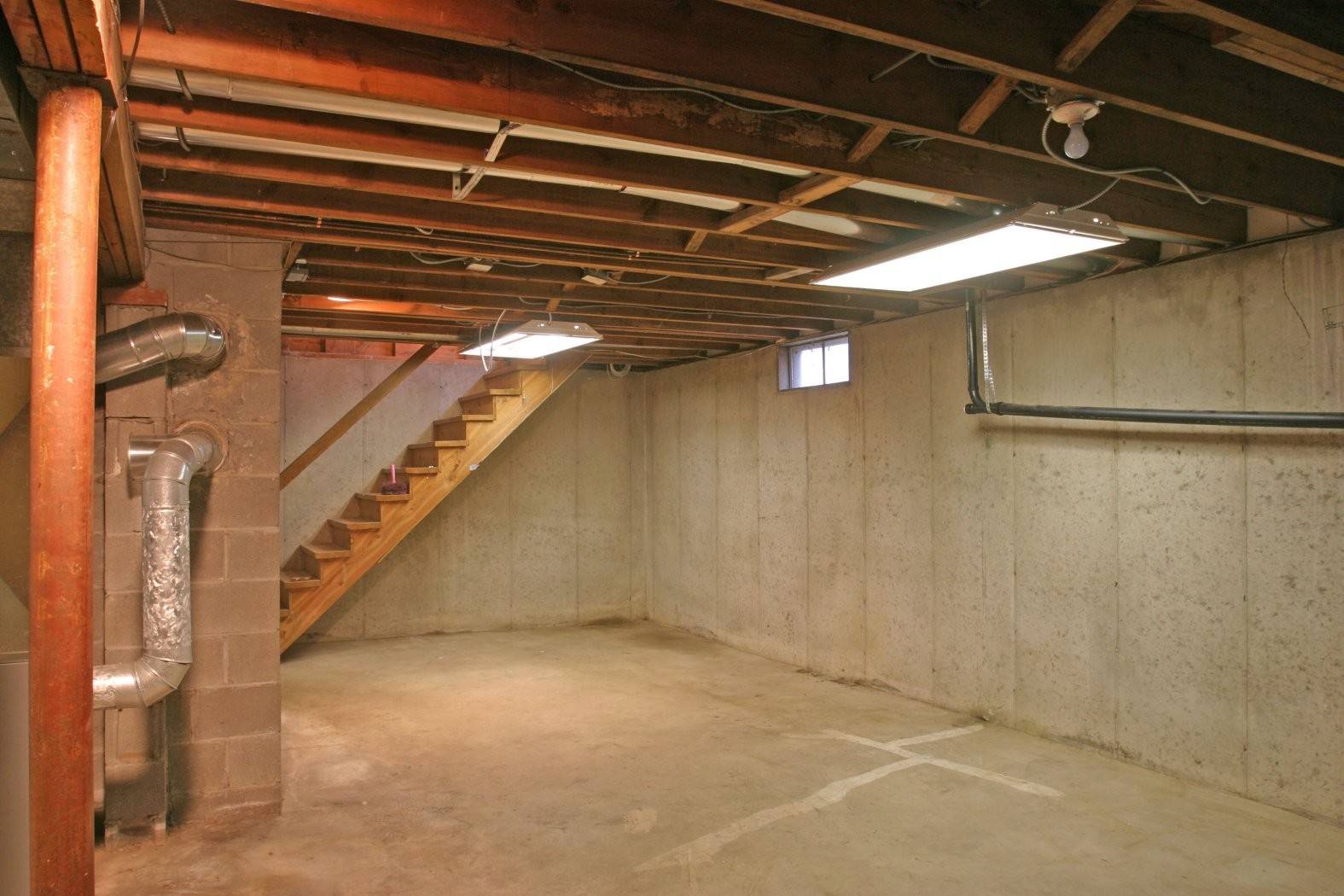
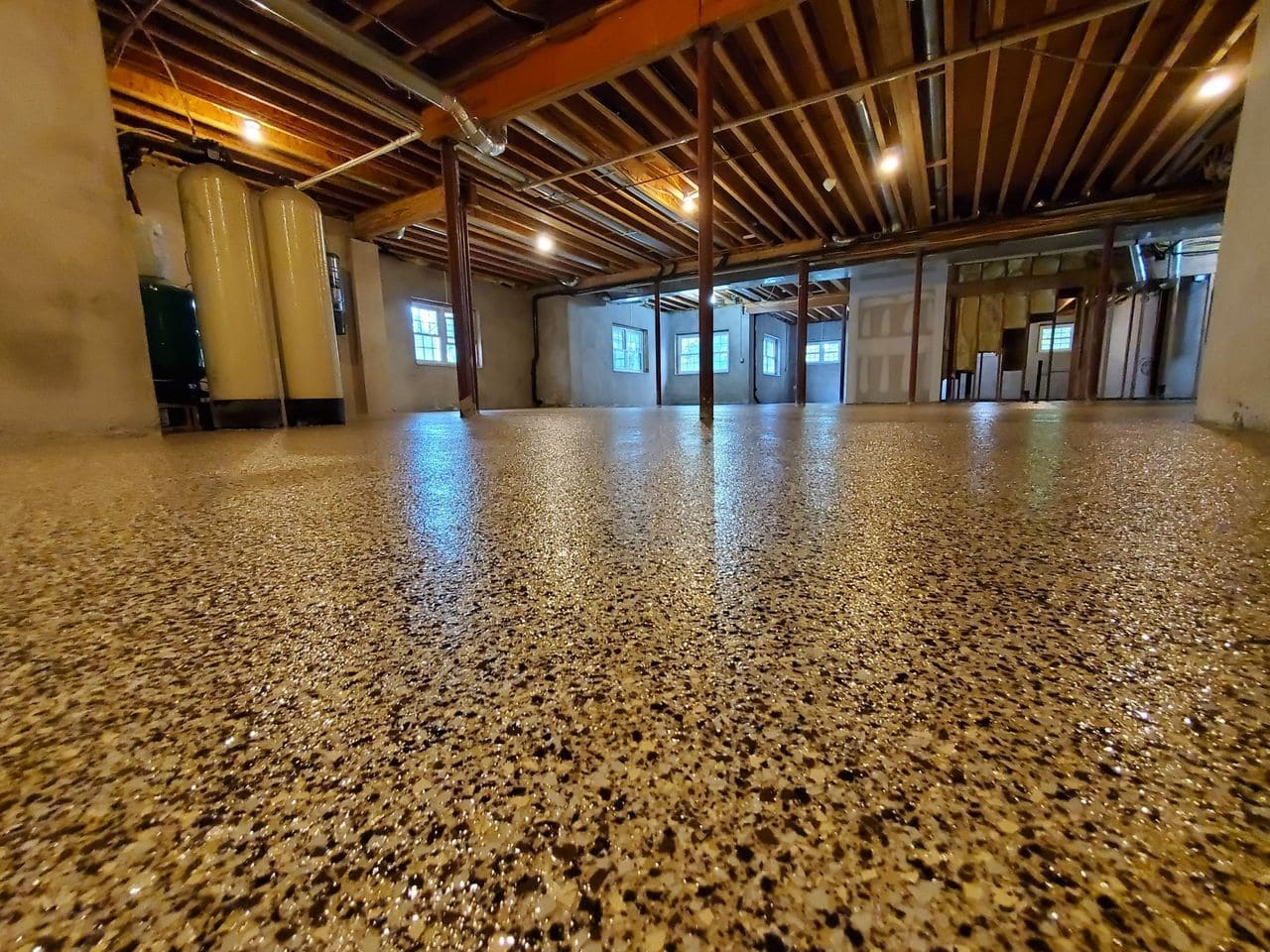
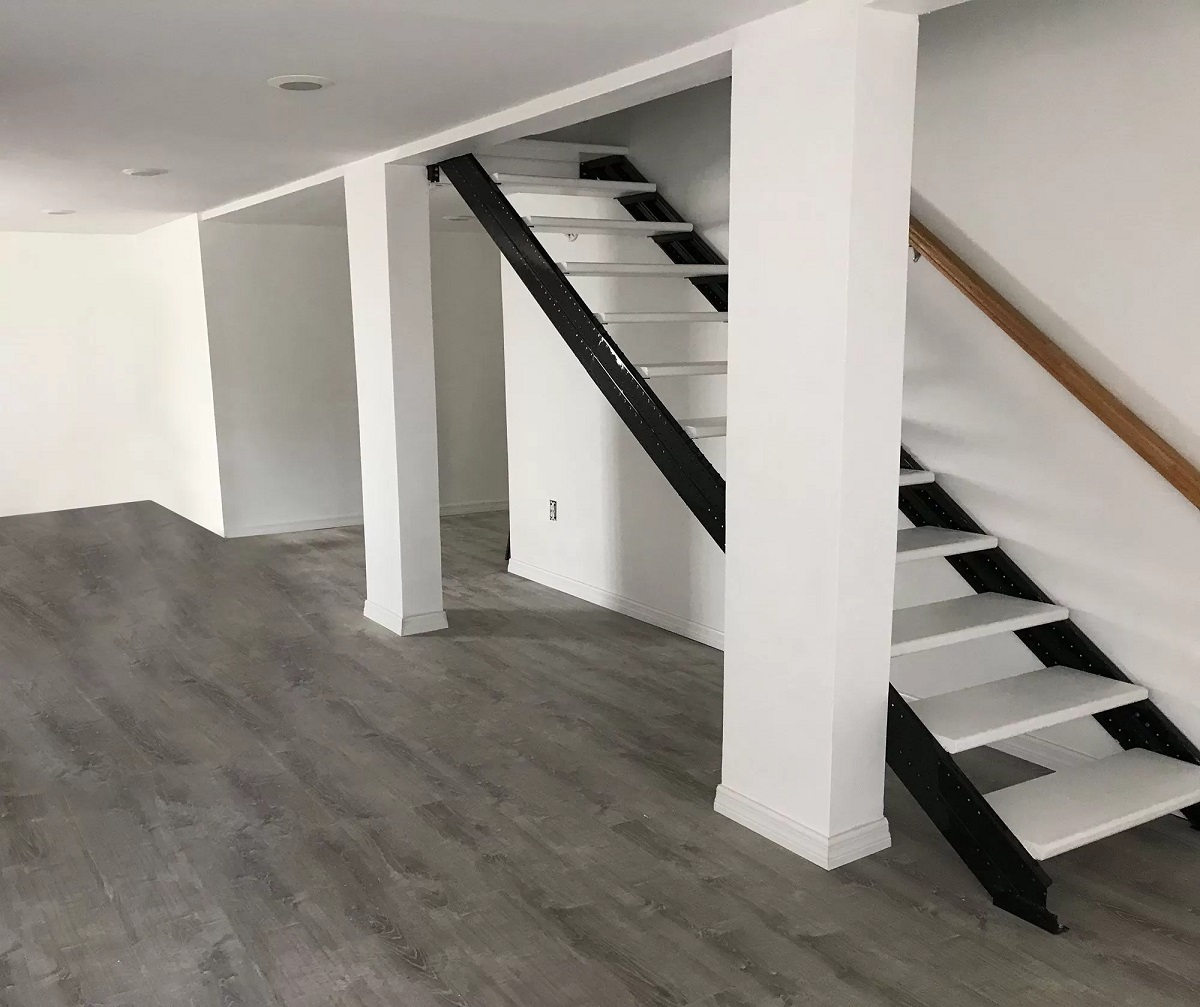
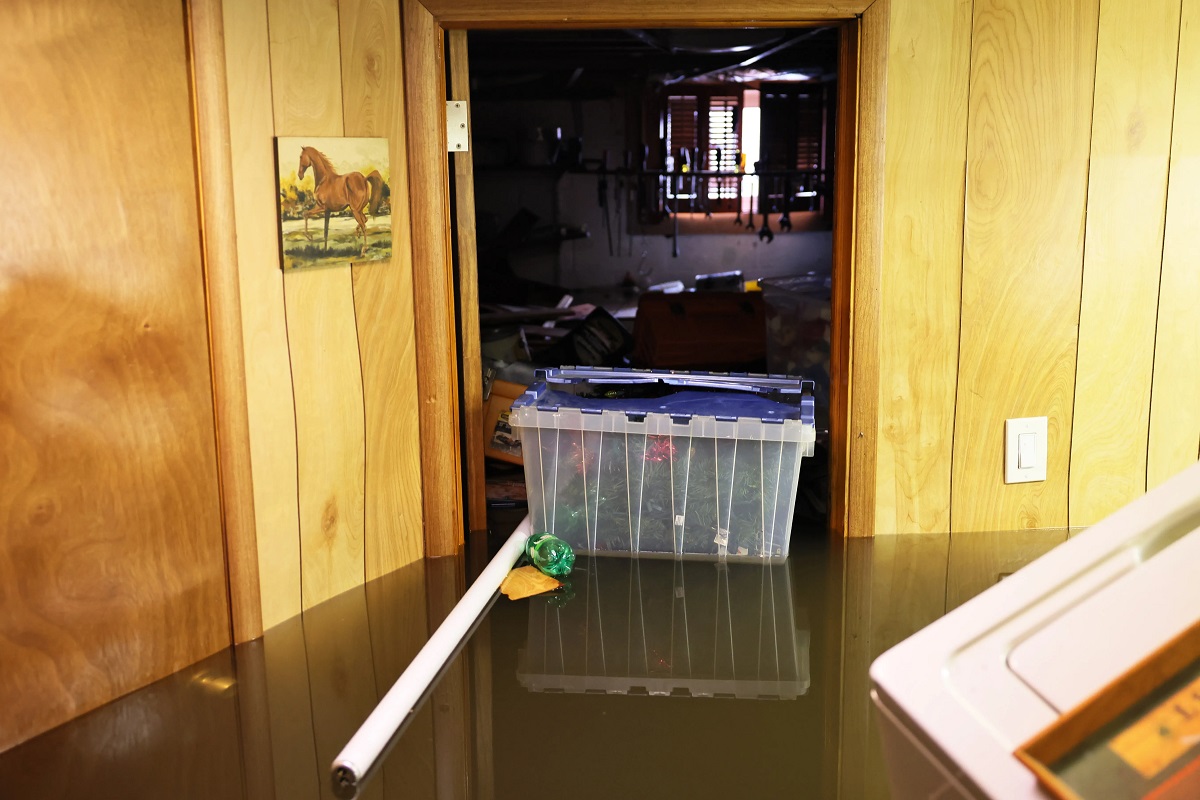
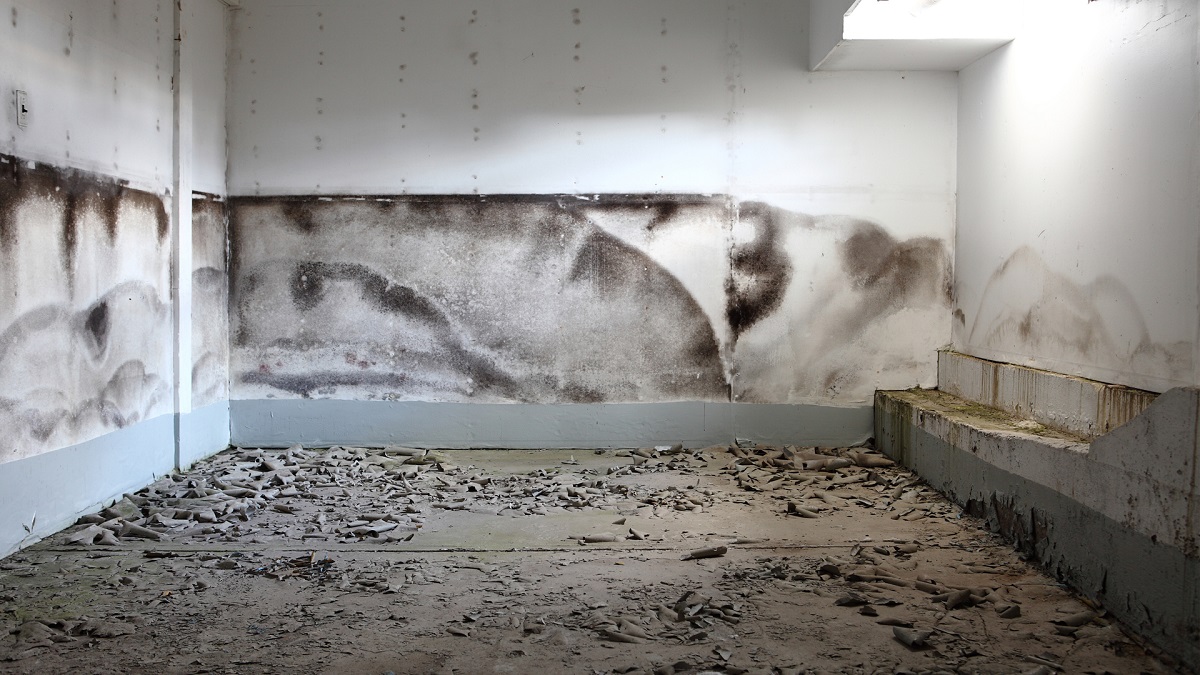

0 thoughts on “How Much Does It Cost To Put A Bathroom In The Basement”